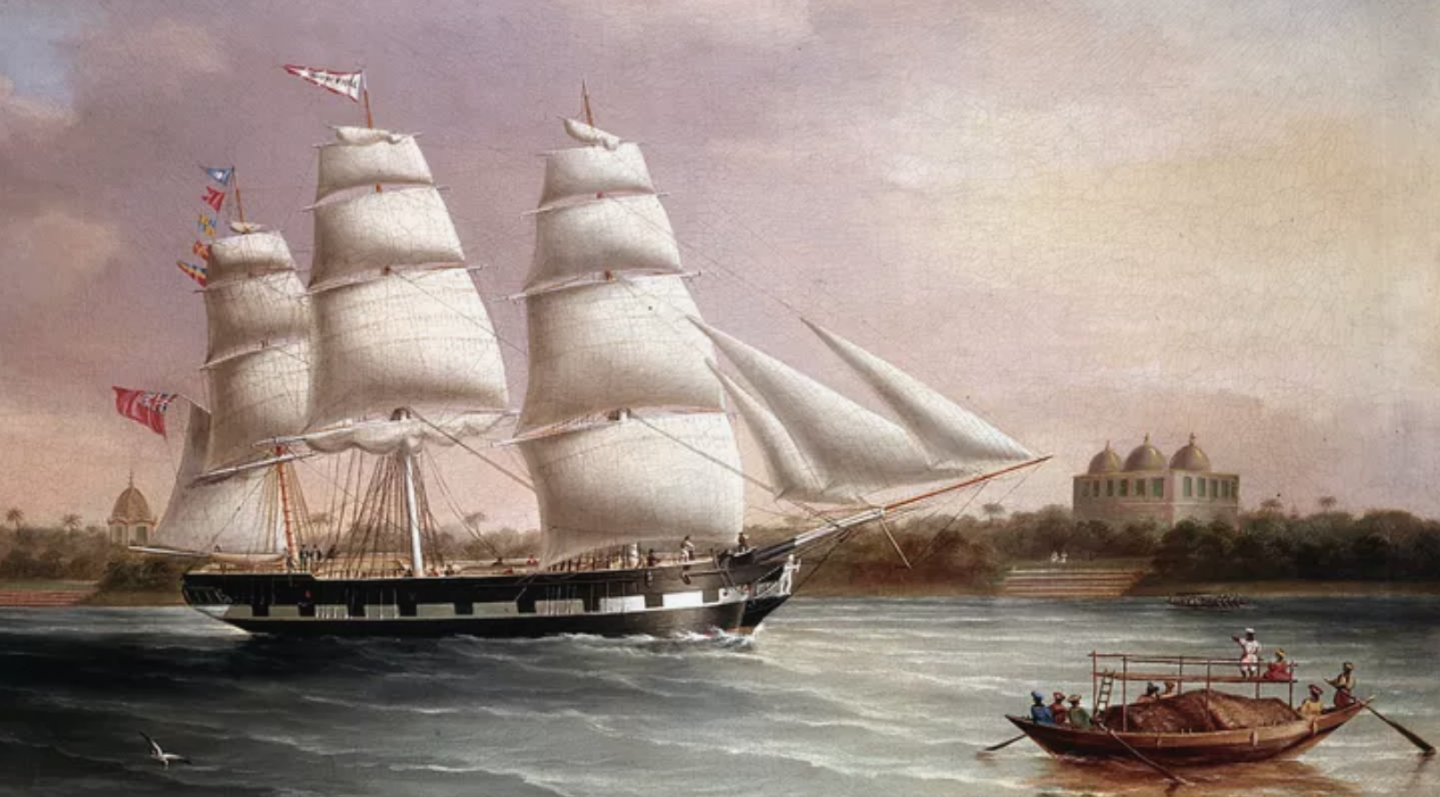Dutch East India Company
The Dutch East India Company, also known as the VOC, was a Dutch company that started in the early 17th century, and lasted until the early 19th century. The company specialized in trade, exploration, and colonization. As other nations across Europe began to expand and unite with each other the Dutch began to make some moves. Motivated to compete with other countries, the Dutch began sending out ships to new lands in order to take initiative. In March 1599, Jacob van Neck’s fleet was the first to discover the “Spice Islands” otherwise known as Indonesia. This was the first monumental discovery for the Dutch nation, and helped inspire other Dutch people to help contribute to the cause. In the year 1602, the Dutch government funded the creation of the Dutch East India Company (originally called the United East Indies Company). Throughout the early 17th century, the Dutch East India Company had fierce competition, but continued to expand and trade with other European nations. As time went on, the company expanded into Asia and had great success. Soon after the Dutch East India Company became one of the most wealthy companies in the entire world.
Compared to other companies at the time, the Dutch East India Company’s success was unparalleled. The company lasted for about 200 years, and achieved all sorts of success. Its main income came from spice trading with other nations, and eventually they commanded over 5000 ships that sailed all over the world doing business and colonizing. Because of this, the Dutch East India Company was the financial center of capitalism for over 2 centuries, and even had a huge impact on transforming financial markets.
Some people credit the Dutch East India Company’s success with their organizational setup. They had a regional trade network that consisted of smaller ships that were used to export goods to other nations’ coastal areas. They used much larger ships to export goods from farther away countries back to Europe. The company also had two types of shareholders called bewindhebbers and the participanten. These shareholders’ liability to the company consisted only of the amount that they invested into the company. They also had six different chambers in six cities that each contained their own shareholders. These new organizational approaches show how professional and innovative the Dutch East India company was at the time.
What the Dutch East India Company was able to achieve during its time period was monumental. They showed how successful a company of its nature could be with enough determination, motivation, and organization. It’s traits like these that made it possible for people and organizations in this time period to achieve unimaginable things. The Dutch East India company was also the first multinational corporation. This inspired many nations to expand and work with other nations. When companies like this have such great success they are also able to share new ideas, goods, and inventions with other nations. This helps the world develop and improve. The Dutch East India Company helped inspire and pathe the way for other future companies that became rich and powerful.
Work Cited
Briney, Amanda. “The Rise and Decline of the Dutch East India Company.” ThoughtCo, ThoughtCo, 10 Apr. 2019, www.thoughtco.com/the-dutch-east-india-company-1434566.
Taylor, Bryan. “The Rise And Fall Of The Largest Corporation In History.” Business Insider, Business Insider, 6 Nov. 2013, www.businessinsider.com/rise-and-fall-of-united-east-india-2013-11.
Rodrigue, Jean Paul. “Dutch East India Company, Trade Network, 18th Century.” The Geography of Transport Systems, 9 Feb. 2020, transportgeography.org/?page_id=1089.
Phelan, Ben. “Antiques Roadshow.” PBS, Public Broadcasting Service, www.pbs.org/wgbh/roadshow/stories/articles/2013/1/7/dutch-east-india-company-worlds-first-multinational/.
